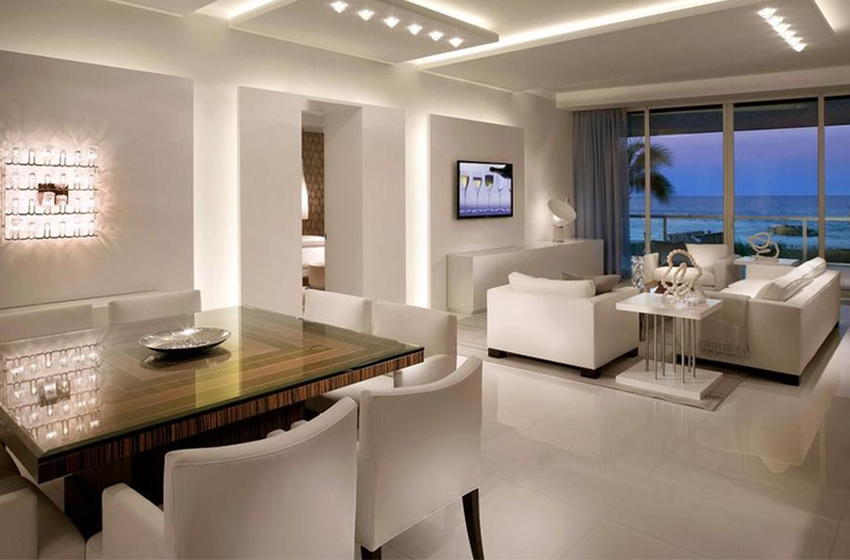About
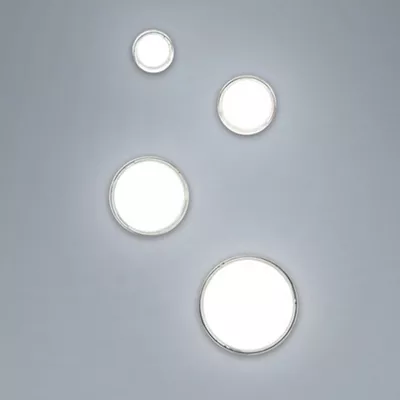
“Lumens” is a term used to describe the total amount of visible light emitted by a light source. It is a measure of the total quantity of light emitted in all directions by the source. The unit of measurement for lumens is “lm”.
Lumens are used to measure the brightness of various types of lighting, including light bulbs, lamps, and LED fixtures. The higher the number of lumens, the brighter the light source is.
When shopping for lighting products, it is important to consider the lumens output of the product to ensure that it provides the desired level of brightness for the intended space. In addition to lumens, other factors such as color temperature, color rendering index (CRI), and beam angle can also affect the quality and appearance of the light emitted by the source.
A Brief History of Lumens
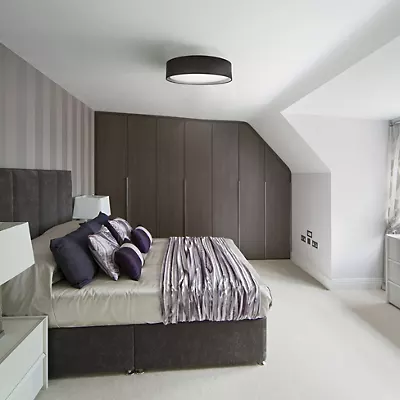
The concept of lumens was first introduced in the late 19th century as part of the study of light and its properties. In 1878, the German physicist and mathematician Max Planck introduced the concept of radiant flux, which is the total amount of energy emitted by a light source in all directions.
In the early 20th century, the British physicist John Henry Poynting introduced the concept of luminous flux, which is a measure of the total amount of visible light emitted by a source. This was later refined by the French physicist and engineer André-Eugène Blondel, who introduced the concept of the lumen in 1921 as a more precise measure of luminous flux.
The lumen was adopted as an international standard unit of measurement for luminous flux in 1948 by the International Commission on Illumination (CIE). Since then, the lumen has become widely used in the lighting industry as a measure of the brightness of light sources.
In recent years, advancements in LED lighting technology have led to more efficient and brighter light sources, and the use of lumens has become even more important in helping consumers make informed decisions about the lighting products they purchase.
Lumens vs. Lux: What’s the Difference?
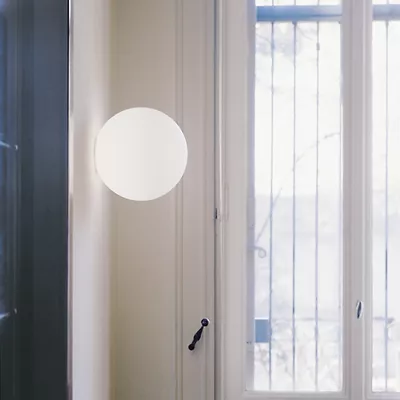
Lumens and lux are both units used to measure light, but they measure different things.
Lumens measure the total amount of visible light emitted by a light source, regardless of where the light is directed. It is a measure of the total quantity of light emitted in all directions by the source.
On the other hand, lux measures the amount of light that falls on a surface per unit area. It is a measure of the illuminance or brightness of the light that reaches a specific area.
In other words, lumens measure the total amount of light produced by a source, while lux measures the amount of light that reaches a surface or object.
To give an example, a 100-watt incandescent bulb produces around 1600 lumens of light, but if that same bulb is placed 1 meter away from an object, the illuminance of that light on that object will be less than if the bulb was placed 1 foot away. This is because the same amount of light is being spread out over a larger area, resulting in a lower lux reading.
So, if you want to measure the brightness of a light source, you would use lumens, but if you want to measure how bright the light is on a specific surface, you would use lux.
The Benefits of High-Lumen LED Lighting
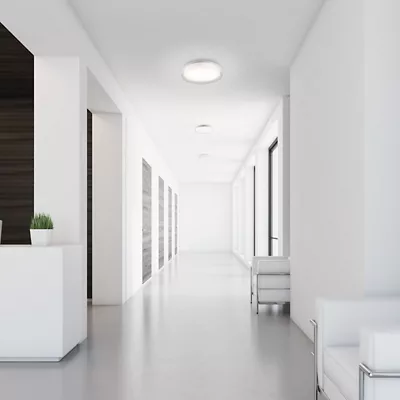 High-lumen LED lighting offers several benefits over traditional lighting technologies, including:
High-lumen LED lighting offers several benefits over traditional lighting technologies, including:
- Energy efficiency: High-lumen LED lighting is highly efficient, converting a greater percentage of the energy it consumes into light. This means that they use less energy to produce the same amount of light as traditional lighting sources, resulting in lower energy bills and reduced carbon footprint.
- Long lifespan: LED lights have a much longer lifespan than traditional lighting sources, often lasting tens of thousands of hours before needing to be replaced. This means that they require less maintenance and replacement, resulting in cost savings in the long run.
- Brightness: High-lumen LED lighting is capable of producing much brighter light than traditional lighting sources. This makes it ideal for commercial and industrial applications, where high levels of brightness are required for tasks such as manufacturing, assembly, and inspection.
- Color temperature options: LED lighting is available in a range of color temperatures, from warm white to cool white. This allows you to choose a color temperature that suits your specific needs, whether it’s for creating a warm and cozy ambiance in a residential setting or for providing clear and bright light in a commercial or industrial environment.
- Durability: LED lighting is highly durable and can withstand shock, vibration, and extreme temperatures, making it ideal for use in harsh environments.
Overall, high-lumen LED lighting is an excellent choice for those looking for a cost-effective and energy-efficient lighting solution that provides high levels of brightness and is long-lasting and durable.
The Impact of Lumens on Mood and Productivity
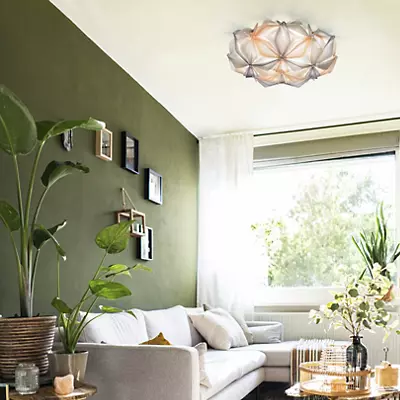
Lumens can have a significant impact on mood and productivity, as light has a direct effect on our circadian rhythm, which regulates our sleep-wake cycle and affects our overall well-being.
Studies have shown that exposure to bright light in the morning can improve alertness, reduce fatigue, and improve cognitive performance. On the other hand, exposure to dim light in the evening can disrupt the circadian rhythm, making it harder to fall asleep and reducing overall sleep quality.
High-lumen LED lighting can provide the necessary brightness to stimulate the circadian rhythm, helping to improve mood and productivity during the day. It can also help to reduce eye strain and headaches associated with poor lighting conditions.
The color temperature of the light source can also affect mood and productivity. Cool white light with a higher color temperature can increase alertness and improve focus, while warm white light with a lower color temperature can create a more relaxed and comfortable environment.
It’s important to note that the optimal lighting conditions for productivity may vary depending on the specific task or activity. For example, a task that requires high levels of concentration may benefit from brighter light with a higher color temperature, while a task that requires relaxation may benefit from softer, warmer light.
Overall, high-lumen LED lighting can have a positive impact on mood and productivity by providing bright, energy-efficient, and adjustable lighting conditions that stimulate the circadian rhythm and improve overall well-being.
How to Calculate Lumens for Your Home or Office
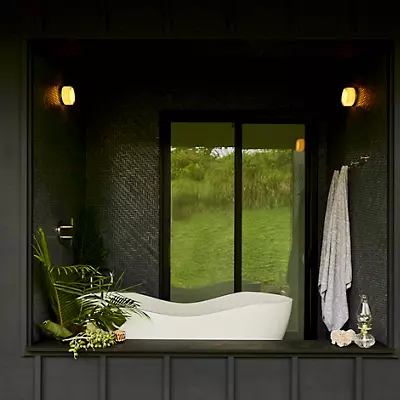
Calculating the required lumens for your home or office involves determining the amount of light needed for the space you want to illuminate. Here are the steps to follow:
- Determine the area of the room: Measure the length and width of the room in feet, and multiply the two measurements to get the area in square feet.
- Determine the function of the room: The function of the room will dictate the amount of light required. For example, a kitchen or workspace will require brighter lighting than a bedroom or living room.
- Find the required lumens per square foot: The Illuminating Engineering Society (IES) has published recommended lighting levels for different spaces. For example, a kitchen or workspace may require 50-100 lumens per square foot, while a living room may require 10-20 lumens per square foot. Consult the IES guidelines for the specific type of space you want to illuminate.
- Calculate the required lumens: Multiply the area of the room by the required lumens per square foot. For example, if a kitchen measures 10 feet by 15 feet (150 square feet) and requires 50 lumens per square foot, the total lumens required would be 7,500 (150 x 50).
- Choose the right light fixtures: Select light fixtures that provide the required amount of lumens for the space. Be sure to choose fixtures with the appropriate color temperature and CRI (color rendering index) for the function of the space.
Remember that these calculations are just a guideline, and the actual lighting needs may vary depending on personal preferences and the specific function of the space.
FAQ

Q: What are lumens?
A: Lumens are a unit of measurement that quantifies the total amount of visible light emitted by a light source.
Q: How are lumens different from watts?
A: Watts measure the amount of power consumed by a light source, while lumens measure the amount of light produced by the light source. A higher wattage does not necessarily mean a higher lumen output.
Q: What is the relationship between lumens and brightness?
A: Lumens are directly proportional to brightness. The higher the lumen output, the brighter the light.
Q: How many lumens do I need for a room?
A: The amount of lumens needed for a room depends on the size of the room and its intended use. A living room typically requires 10-20 lumens per square foot, while a kitchen or workspace may require 50-100 lumens per square foot. Consult the Illuminating Engineering Society guidelines for specific lighting needs.
Q: Can I have too many lumens?
A: Yes, having too many lumens can cause discomfort, glare, and eye strain. It’s important to choose the appropriate amount of lumens for the intended use of the space.
Q: What is a good lumen output for outdoor lighting?
A: A good lumen output for outdoor lighting depends on the application. A pathway or accent light may require 100-300 lumens, while a floodlight for security purposes may require 700-1300 lumens. Consult the specific product specifications for outdoor lighting to determine the appropriate lumen output.
Q: What is the lifespan of LED lights in lumens?
A: LED lights can last tens of thousands of hours before needing to be replaced, and their lumen output typically decreases gradually over time rather than suddenly burning out like traditional bulbs. The lifespan of an LED light in lumens depends on the specific product and usage.
Conclusion
Lumens are an important unit of measurement when it comes to lighting. They measure the total amount of visible light emitted by a light source and are directly proportional to brightness. The amount of lumens needed for a space depends on the size of the space and its intended use. It’s important to choose the appropriate amount of lumens for the space to avoid discomfort, glare, and eye strain. High-lumen LED lighting can provide bright, energy-efficient, and adjustable lighting conditions that stimulate the circadian rhythm and improve overall well-being. Understanding lumens and their relationship to lighting can help you choose the appropriate lighting for your home or office.

